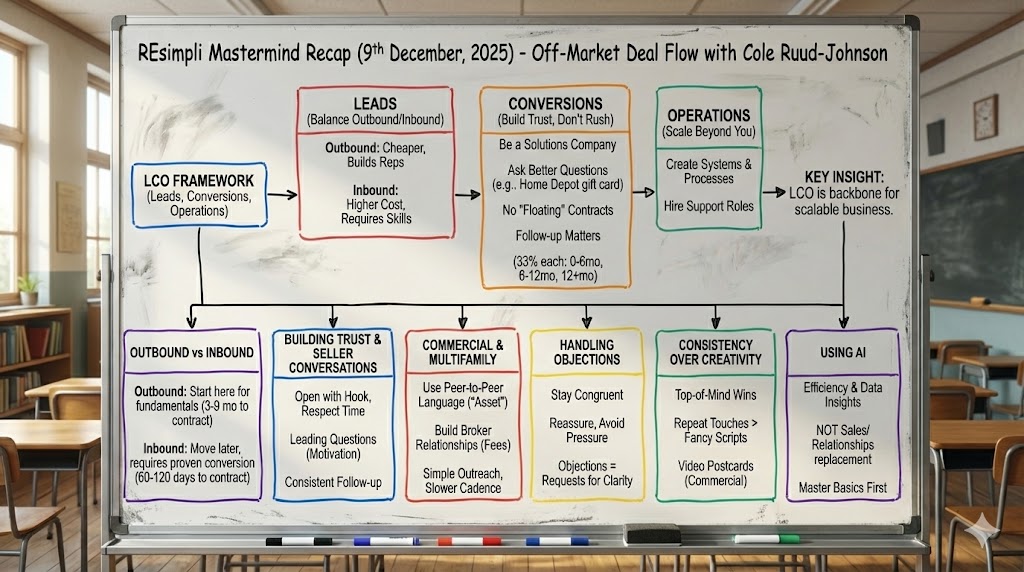Skyrocket Your ROI: Mastering Marketing for Real Estate Success
One of the first questions novice real estate investors ask is “How do I find good deals on investment properties?”
Like most questions worth asking, it doesn’t have a one-size-fits-all answer.
Different marketing channels cost varying amounts of money and labor, as you try to reach sellers.
Some prove more successful than others depending on the city.
Consider the following roundup as you try to choose a few marketing channels to focus on.
Inbound vs. Outbound Marketing Channels
First, it’s worth differentiating between inbound and outbound marketing channels.
Inbound marketing channels require the seller to reach out to you.
They involve you posting advertisements or other marketing to the public, in hopes that motivated sellers will see them and then contact you.
Examples include billboards, bandit signs, online ads such as pay-per-click (PPC) ads, and radio ads.
Outbound marketing takes place when you initiate contact with the seller, to ask if they want to sell.
Examples of this kind of outreach include direct mail campaigns, cold calling, ringless voicemails, and SMS campaigns.
Which works better? Ideally you want a mix of both. Inbound marketing campaigns can cast a wide net with huge — but less targeted — reach.
Outbound campaigns target specific individuals, and give you more control over your volume and speed, but it’s harder to reach a mass audience.
As a general rule, inbound marketing leads are more motivated than outbound leads.
After all, the seller made the first move to initiate contact: they clearly want to sell, or at least to learn more.
Low-Cost Marketing Channels
Cost matters, of course. Every real estate investor has a marketing budget, and needs to stay within it.
At the low end of the cost spectrum lie the following channels:
- Bandit signs
- Cold calling
- Craigslist
- Door knocking
- Driving for dollars
- Email marketing campaigns
- In-person foreclosure auctions
- MLS listings
- Online auctions
- Real estate agents
- Referrals
- Ringless voicemails
- SEO and other organic internet marketing
- SMS blasts
- Wholesalers
Of course, financial cost only makes up part of the equation. Some of these require a great deal of time or effort on your part.
Take search engine optimization (SEO).
You could pay someone else huge sums to launch and operate your SEO campaigns for you, or you could do it yourself, but if you choose the latter, it will cost you time instead of money.
Bandit signs cost little money or time, but aren’t always legal, and the low barrier to entry allows for plenty of competitors.
Driving for dollars costs little money, but requires you to physically get in the car and drive around.
REsimpli’s driving for dollars tool can help you save you time however.
Likewise, REsimpli can help automate your SMS campaigns, cold calling, ringless voicemails, and email campaigns.
Medium Cost Marketing
In the middle of the cost spectrum lie marketing channels including:
- Direct mail campaigns
- Local Facebook ads
- Local Youtube ads
Every letter or postcard you send via direct mail costs money, of course.
But you can automate these campaigns through REsimpli or other real estate CRM platforms.
While corporations can spend millions on Facebook or Youtube ads, it costs far less to set up targeted local ad campaigns.
In smaller markets in particular you may find these campaigns deliver a low cost-per-lead.
High-Cost Marketing Strategies
On the high end of the cost spectrum, marketing options include:
- Billboard advertising
- Pay-per-lead
- PPC ads
- Radio ads
- TV ads
- Website
Again, you can build your own website and do all your own organic marketing through social media or SEO — at the cost of your time.
To avoid that hassle, you typically have to pay a specialist. That said, REsimpli does offer template websites to collect seller leads.
Regarding paid leads, you could make these costs manageable by paying bird dogs (referrers) only for properties you actually buy.
How Do I Decide Which Channel to Use?
If all those options leave you overwhelmed, fear not: you don’t need all of them.
You just need to pick a few and stick with them.
Start with your budget, of course.
If you only have a few thousand dollars to work with, billboard and radio ads are probably off the table.
Begin by experimenting with a few low-cost marketing channels to start attracting leads.
You can always expand into higher-cost marketing campaigns as you start earning more money as a real estate investor.
Narrow the list further by choosing several campaigns that you can stick with for at least six months, and preferably a year.
Consistency is key: it often takes five or even ten “touches” before a prospective seller notices and remembers you.
Finally, aim to combine both inbound and outbound marketing channels.
Try to approach your leads from multiple angles at the same time to maximize your odds of them taking you seriously.
Final Thoughts
If you’re new to real estate investing, start by picking two to four marketing channels and experimenting with them for at least six months.
Make sure you ask how each lead found you (for inbound marketing channels).
You can then reevaluate each channel to calculate your cost per lead.
From there, you can abandon channels that cost you too much time or money.
That frees you up to try new ones — and constantly expand your reach in the most efficient way possible.


![Investing with other people’s money [Part 2]](https://resimpli.com/wp-content/themes/REsimpli/images/how-it-work.jpg)